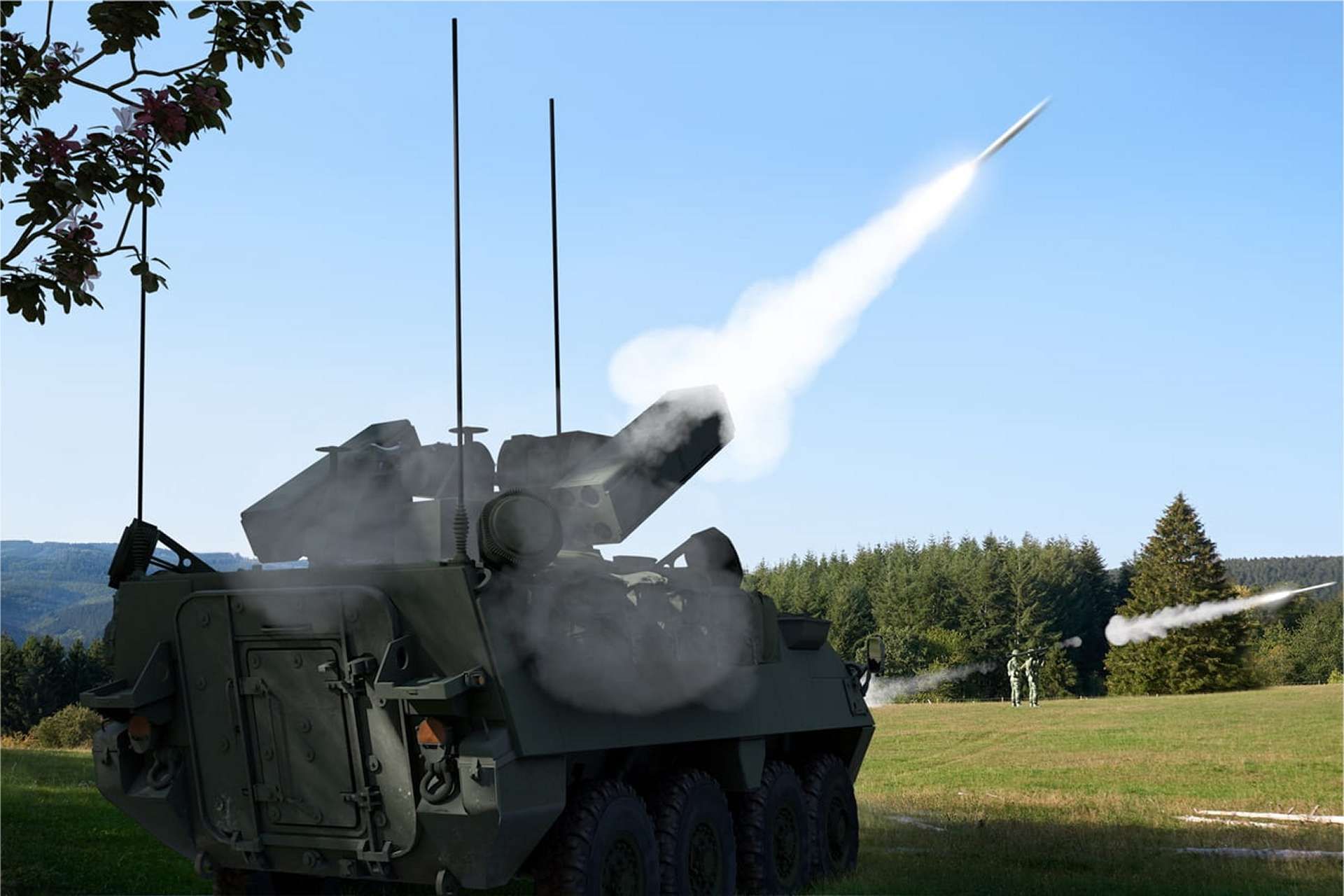
The United States Army is on the verge of a significant upgrade to its short-range air defense capabilities. Raytheon, a business unit of RTX, has announced the successful completion of ten critical subsystem demonstrations for the Next-Generation Short-Range Interceptor (NGSRI) program. This program is poised to replace the venerable Stinger surface-to-air missile, a mainstay of air defense for decades, with a more advanced and capable system designed to meet the evolving threats of the 21st-century battlefield. The successful demonstrations represent a crucial step forward in delivering a more lethal, versatile, and technologically advanced interceptor to protect soldiers on the ground.
Key Subsystem Demonstrations: Proving the NGSRI’s Capabilities
The ten subsystem demonstrations, conducted over several months, were meticulously designed to validate the NGSRI’s performance against the stringent requirements set by the U.S. Army. These tests covered a wide range of critical components and functions, ensuring that the final product will be reliable, effective, and ready for deployment. The demonstrations involved rigorous testing in both controlled laboratory settings and realistic outdoor environments. This comprehensive approach provides a high degree of confidence in the NGSRI’s ability to perform as expected in real-world operational scenarios.
Warhead Testing: Ensuring Lethal Effectiveness
The ultimate purpose of an interceptor missile is to neutralize the threat, and this is achieved through the warhead. Raytheon conducted arena testing of the NGSRI warhead, confirming its lethal effectiveness against a wide range of aerial threats. The tests demonstrated precise and repeatable results, providing confidence that the warhead will deliver the necessary destructive power to eliminate incoming threats. This rigorous testing ensures that the NGSRI will be a reliable and effective weapon against a variety of enemy aircraft, drones, and other airborne dangers.
Beyond the Core Components: Comprehensive System Validation
Soldier Feedback and Future Flight Tests: The Road to Deployment
The next phase of the NGSRI program will involve direct interaction with the end-users: U.S. Army soldiers and Marines. These “soldier touchpoint” exercises will provide valuable real-time feedback on the system’s usability and effectiveness from the perspective of those who will ultimately operate it in the field. This feedback will be crucial for refining the system and ensuring that it meets the practical needs of soldiers on the ground.
Furthermore, a system flight test demonstration is scheduled for later this year. This will be a major milestone, representing a comprehensive test of the integrated NGSRI system in a realistic flight environment. The flight test will further validate the missile’s performance and move it closer to operational readiness.
Raytheon’s Legacy and the Future of Air Defense
Raytheon’s development of the NGSRI builds upon more than 60 years of experience in creating critical defense systems. The company is leveraging modern engineering practices and advanced manufacturing techniques to accelerate production while maintaining the highest standards of quality and performance. As a business of RTX, Raytheon is a key player in the development of a wide range of defense technologies, including air defense and missile systems, smart weapons, and advanced sensors.
The NGSRI program represents a significant advancement in short-range air defense capabilities, providing the U.S. Army with a cutting-edge system to counter evolving threats. The successful completion of the ten subsystem demonstrations marks a significant step toward fielding this critical capability, enhancing the protection of soldiers and ensuring the continued dominance of the U.S. military in the air domain. The NGSRI is not just a replacement for the Stinger; it is a leap forward in technology and capability designed to meet the challenges of the modern battlefield and beyond.
